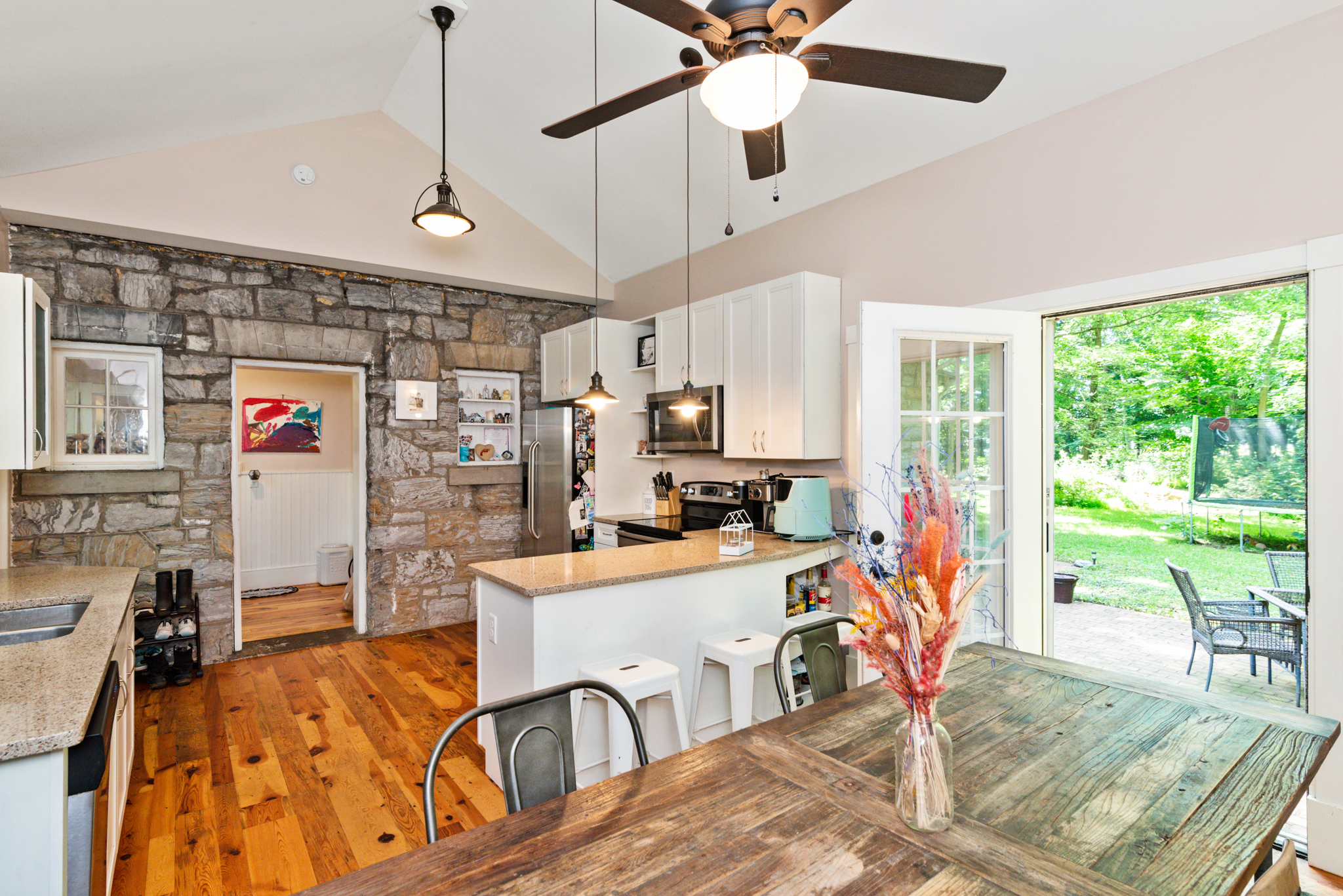Consider a situation where you come across a home for sale in Northern Virginia or the DMV area with poor photos.
The interior images are a tad dark, so it’s difficult to make out everything in the room, and perhaps the windows are largely white due to the bright light outside. The home itself is presented in a lived-in state, so whilst it’s not immaculate, it does look like a pretty standard family home with a small number of toys and documents around the living room, the beds aren’t made, and the kitchen is somewhat cluttered with most of the countertop space filled with appliances, utensils, and food packages.
By using those images, what are you actually communicating to the viewer?
If you were a buyer looking through those images, would you rush to the agent, eager to see the property before anyone else snapped it up?
Do you think the potential buyer compared the images with other homes listed at the same price? Perhaps they think the agent has set the asking price too high relative to other, better presented, homes currently on the market.
When considering the offer they might make on the property, do you think they want to bid their highest possible price? Or would they just submit a low price because they presume that the seller’s expectations are low as well. Based on those photos they’ll even assume that the real estate agent selling that home doesn’t believe it warrants professional images either.
Therefore, it is reasonable for them to assume that the seller would most likely accept the lowball offer.
Think like a buyer
It can be helpful to consider the buyer’s perspective when choosing photos to use in a real estate marketing campaign because of the subtle messages they pick up when scrolling through the photos online.
Ask yourself these questions:
- Do poor real estate photos make a home seem like a good value relative to other homes on the market?
- Do unattractive real estate photos entice buyers to act quickly before it’s too late?
- Do poor real estate photos give the impression that the agent selling the home is the most knowledgeable and professional agent in the area?
Most people would answer ‘no’ to each of those questions. Poor real estate photos don’t benefit anyone.
However, I don’t think real estate agents use poor photos because they want to get a low price for a home, or because they don’t want to appear professional…
I think real estate agents who use poor photos do so because they can’t tell the difference between a good photo and a poor photo.
And I don’t think that’s anything to be ashamed of, provided the agent seeks to learn more about what makes a successful real estate photo!
After all, the visual elements of a real estate marketing campaign are king.
“Hiring that professional photographer for $295, or even $550, when it means an increase in the perceived sale price of a home of $51,000 doesn’t sound so outrageous, does it?”
“… according to a study by Carleton University in Ottawa, Canada, it takes less than 50 milliseconds to form a first impression, and that’s going to be largely dictated by the visual elements the viewer sees, not the written elements since they don’t have time to read that much in just a fraction of a second.”
Find out what your local experts can do
If the difference between high-quality photos and terrible photos is something that you need to learn more about, have a chat with your local real estate photographer!

you said: